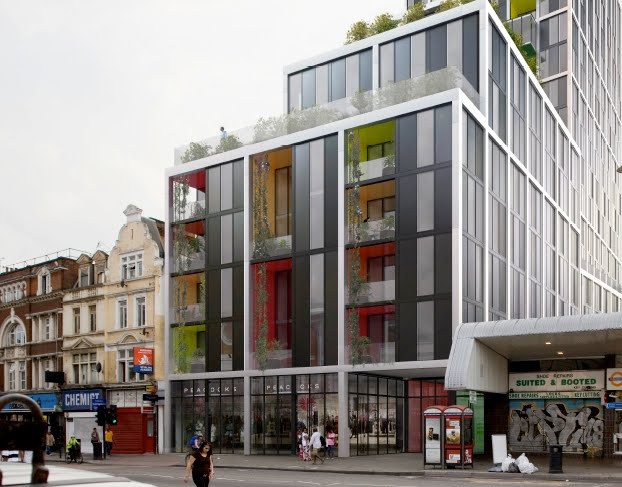New Works by YiMiao Shih
Findlay are proud to present new works by YiMiao Shih in our office on Broadway Market ’till 10th of August. There will be a preview on 3rd of July, pop in to see YiMiao’s work and have a drink!
Findlay are proud to present new works by YiMiao Shih in our office on Broadway Market ’till 10th of August. There will be a preview on 3rd of July, pop in to see YiMiao’s work and have a drink!
The New York Times today reports on the 300,000 Parisians who have moved across the Channel to Paris-on-Thames, aka London. They come in search of jobs and the global swirl: that raucous mix of innovation and grunge missing in a too-perfect Paris.
A new lycée, a new radio station (French Radio London) and a new electoral constituency all testify to the exodus, as did the appearance in London last week of the French Socialist candidate François Hollande.
More than 300,000 French now live in London, making it the sixth-largest French city. Most are under 40. They learn English and they learn that globalization is not merely the catalogue of woes so laboriously laid out by the French left over the past couple of decades.
BFLS the award-winning, design-led architectural practice behind One Hyde Park have unveiled plans for an eco-tower at Dalston.
The site at 51-57 Kingsland High Street was occupied by the Peacocks Stores, a long-running department store that stands near Dalston Kingsland Rail Station, and thus benefits from excellent transport links.
The part 7-floor, part-18 floor building will have 130 new apartments, plus 1,107 square metres of retail, green walls, and a planted roof garden for residents to enjoy about 50 metres above ground level. In total the collection of green roofs add up to about 1,000 square metres of outdoor space.

The view from Ridley Road

The view from Kingsland High Street
After a brief break, rents are rising once again, according to LSL Property Services, up 0.1% in January (the first ever January rent rise since they’ve been keeping records). In London, the rise was 0.8% (leaving the average rent up 6.3% on the year).
Unemployment in the UK was largely flat at 2.67m in the three months to December, raising hopes that the deterioration in the economy and the labour market may be slowing down.
The figure was up by 48,000 on the previous quarter – half the rate of increase seen in recent months – but down slightly on the 2.68m in the September-November period.
With the number of job vacancies rising to 476,000 in the three months to January, economists suggested the worsening employment outlook had eased.
The CBI has predicted the UK will avoid a double dip recession, but two other surveys suggest the economy may worsen.
The employers’ organisation, the CBI, said it expected growth of 0.9% in 2012 and 2% next year.
The Bank of England has agreed to extend its quantitative easing (QE) programme by £50bn to give a further boost to the UK economy.
The Bank’s Monetary Policy Committee (MPC) also said it would keep interest rates at their record low of 0.5%.
UK interest rates have been held at that level since March 2009.

Jonathan Freedland compares today’s Crossrail project with the first Thames tunnel built by Marc Brunel in 1825.
Click image to listen
Interest rates will stay on hold at their record low until 2016 according to the Centre for Economics and Business Research. Growth under or around 1% for years to come will force the Bank of England to keep the base rate at 0.5%, cut to that level in March 2009, for another four years, the CEBR predicts.
Channel 4 ran an interesting story yesterday investigating the potential legacy of the Olympic Games on local businesses, it looks like international corporations stand to gain much more than local businesses.